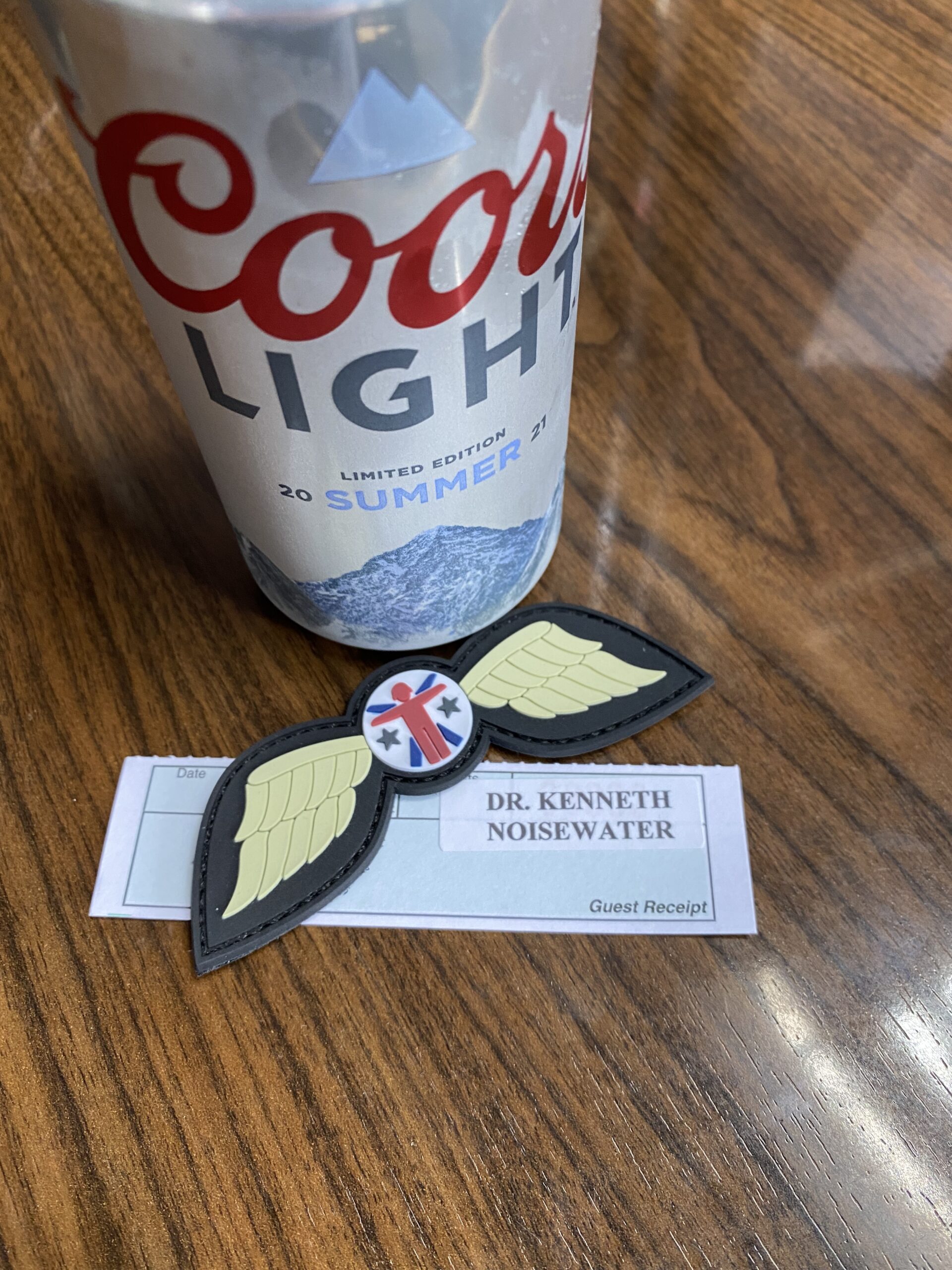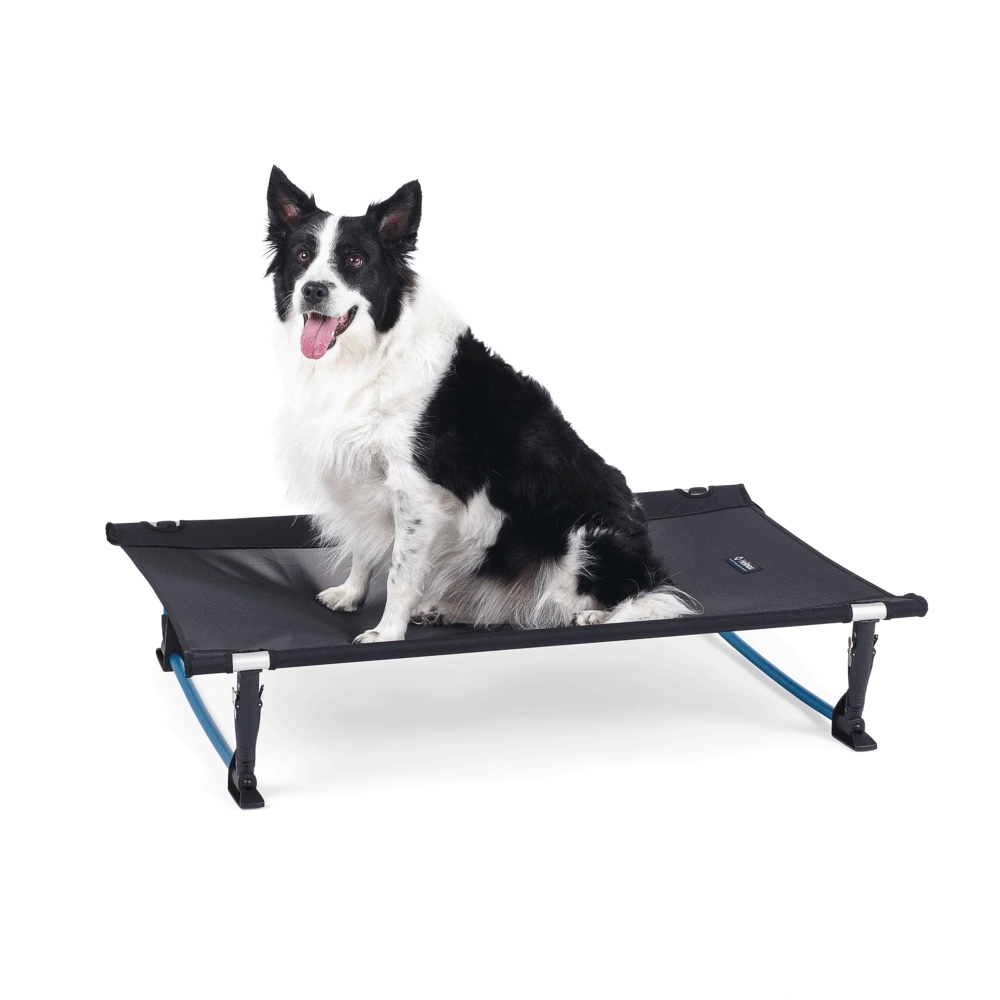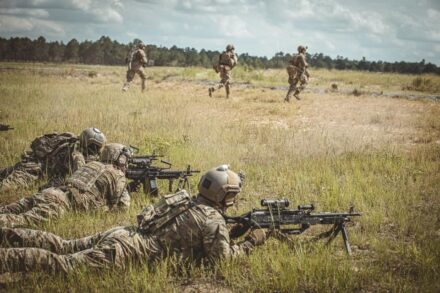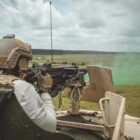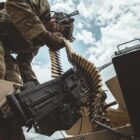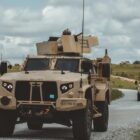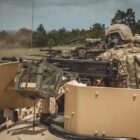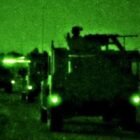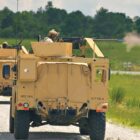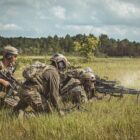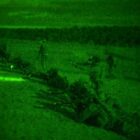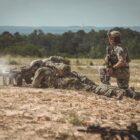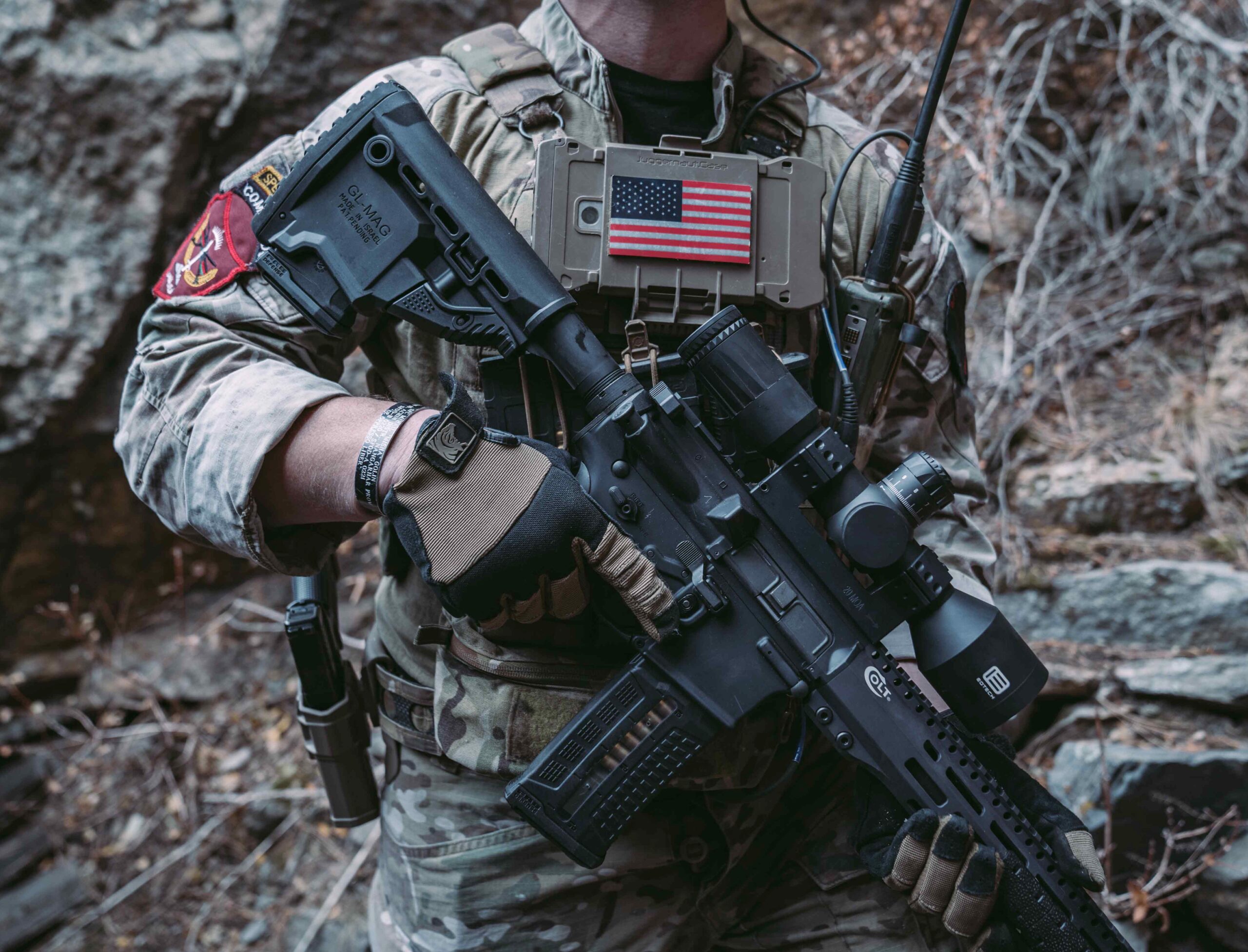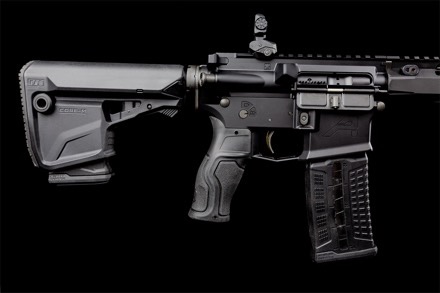WASHINGTON (AFNS) —
The Air Force will provide Airmen five physical fitness assessment alternatives—three for the cardio portion and sit-up components and two for the push-up component of the physical fitness assessment beginning in early 2022.
Airmen will select from the traditional 1.5-mile run, 1-mile walk or the High Aerobic Multi-shuttle Run (20M HAMR) to meet the cardio requirement. Then select from traditional push-ups or hand release push-ups for one strength component; and from sit-ups, the cross-leg reverse crunch or plank for the other strength component to complete the comprehensive fitness assessment.
Finalized fitness assessment scoring charts, with alternative components broken out by gender and age, will be provided at a later date.
“We are moving away from a one-size-fits-all model,” said Air Force Chief of Staff Gen. CQ Brown, Jr. in the initial change announced May 2021. “More testing options will put flexibility in the hands of our Airmen – where it belongs. We know not all Airmen maintain their fitness the same way and may excel in different areas. Alternate components provide choices while still providing a mechanism to determine overall fitness.”
This initiative is the result of Airmen providing feedback to Air Force leaders through the physical fitness working group in conjunction with looking at the way other services complete their physical fitness programs. From the data collected, the Air Force fitness working group conducted research and testing on the health benefits of the current fitness components and various other components to come up with the alternative options.
Each new component has been developed to be an equivalent measure of fitness regardless of methodology. For example, the 1-mile walk alternative is a scientifically-valid estimation of the member’s aerobic capacity (also referred to as VO2 max), which measures fitness and aerobic power. Test scores incorporate time to complete the 1-mile test along with the member’s age, weight, and heart rate at the time of walk completion. Based on the rigorous scoring to pass this test based on age, weight, speed, and heart rate, there is no significant difference of scores between the walk and run tests.
“What we care about is measuring and testing aerobic fitness. The ‘walk’ is not a stroll in the park and both the pace required and method for computing aerobic fitness make it 100% equivalent to the run,” said Lt. Gen. Brian Kelly, deputy chief of staff for Manpower, Personnel, and Services. “In fact, I think we’ll find fewer people will prefer that option over the more traditional mile-and-half run.”
Air Force members and fitness monitors will have approximately six months for a break-in period to familiarize themselves with the use and execution of the alternative testing options prior to having them officially available in early 2022. The six-month timeline will help ensure fitness assessment cells are prepared to train physical training leaders to administer tests using the new options. During the six-month break-in period, units and Airmen will also be able to provide feedback on the new components that will allow any adjustments as necessary prior to live use.
Other exercise options such as swim, row, and bike tests were reviewed but are not being implemented at this time. “It’s important for our testing options to be available and executable for all Airmen at all locations,” Kelly said. “If you are at a remote location or a location that does not have a pool or other needed equipment, those options become less equitable. We want our Airmen to have the same options no matter where they are testing.”
These changes align under the Air Force’s Action Order Airmen, people-first approach.
“If we are truly going to get after building a culture that embraces fitness as a lifestyle, then we have to grow beyond the mentality of a one-size-fits-all PT test,” said Chief Master Sgt. of the Air Force JoAnne S. Bass. “Providing our Airmen with these options is a step in the right direction toward developing an Air Force that is fit to fight, anytime, anywhere.”
The waist measurement is no longer a scored part of the physical fitness test. A separate assessment of body composition, as required by DoD Instruction 1308.3, will continue starting in October 2021. Further details on the body composition program will be released at a later date.
In addition to the fitness component changes, the Department of the Air Force also released the myFitness capability on July 1. The new feature will replace the Air Force Fitness Management Site II and serve as a single location for all total force Airmen and Guardians’ fitness needs.
The capabilities that exist today allow Unit Fitness Program Managers and Fitness Assessment Cells to manage fitness assessments, documentation and scheduling, to include walk-in, same-day fitness testing in myFitness. Additionally, users are able to view past scores, individual fitness reports, dashboards showing completed or updated fitness assessments scores and allow for the download of Fitness Screening Questionnaire as well as medical forms. Users can also access a calculator for estimating fitness results and composite scores.
myFitness will eventually allow users to schedule fitness assessments, receive automated notifications for scheduled testing or cancelations, access and submit fitness assessments, upload medical documents for review.
myFitness is hosted on the myFSS platform and a part of the department’s initiative to improve Airmen and Guardian’s experience with technology by making applications user-friendly and more easily accessible. Active duty, Guard and Reserve personnel will be able to access and use myFitness worldwide.
To access myFitness, go to myfss.us.af.mil.
For additional information on Physical Fitness, Airmen can visit myPers or the Air Force’s Personnel Center’s fitness program page. Draft fitness score charts are available on MyPers to use until final score charts are provided.
The Space Force will follow these fitness standards until service-specific guidance is developed and published.
Secretary of the Air Force Public Affairs
